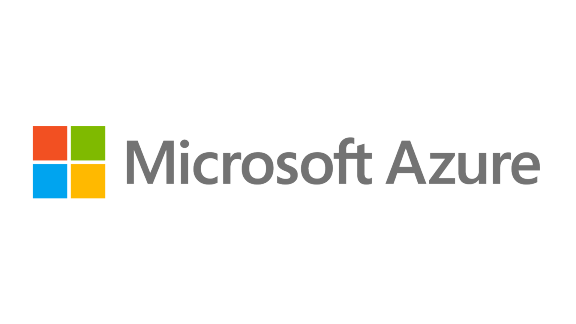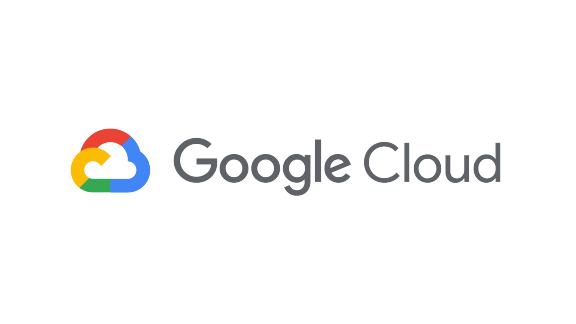Cloud Computing Solutions
Build the right cloud infrastructure for your enterprise and shift to continuous optimization with the latest technologies, strategies, and tools from Intel and our solution providers.
Get More from Your Cloud with Intel
Organizations are looking to mature their cloud strategies across private, public, and hybrid clouds plus the intelligent edge. Intel® architecture is a trusted foundation that provides what you need to build, scale, and transform. Our open source approach and broad ecosystem support help ensure Intel® technology works with what you already have for your constantly evolving business.

Maintain Compatibility with x86
Deploy across public and private clouds with unparalleled x86 software compatibility.

Stay Open, Stay Flexible
Open source, standards-based software helps you avoid lock-in and stay nimble. That’s why Intel uses, contributes to, and builds open source tools like the cross-architecture oneAPI spec.

Scale What You Already Have
Intel® cloud architectures work with your existing infrastructure, so your current footprint can scale across the tens of thousands of cloud instances that run on Intel all over the world.

Multiply Your Options with Our Vast Ecosystem
Get the greatest choice, application portability, and consistent scale with Intel’s ecosystem of cloud service providers (CSPs), independent software vendors (ISVs), and partners.
Optimize and Secure Your Cloud Services with Intel® Tools and Technologies
Putting AI to work at scale, balancing your cloud spend, and migrating to microservices require a sophisticated toolset.
Intel works with major CSPs, cloud-native giants, and global ERPs to optimize for specific workloads and ensure the best price-performance ratios. We’ve also developed a range of products, tools, and software to help you get the most from your cloud.
Support Fast-Growing Cloud Workloads
Intel® Xeon® Scalable processors feature purpose-built integrated accelerators and advanced security technologies to support the most demanding workloads.
Cloud Efficiency
Balance cloud costs and performance with clear insight into hardware utilization and cost per performance across cloud instances.
Multicloud Security
Help protect data, applications, and virtual machines in secure enclaves with Intel® hardware-based security features like Intel® Software Guard Extensions (Intel® SGX) to enable confidential computing, federated learning, and anonymous data sharing.
Optimize Cloud Computing
Explore a curated selection of Intel® products and technologies that can help optimize your cloud workload performance and resource utilization.
Benefit from Intel-Powered Cloud Services
Get more performance from Intel-powered cloud instances available from every major CSP in a range of performance levels and configurations.
See How Enterprises Are Getting More Value from Their Cloud Infrastructure
Deep Dive into Cloud Tools and Topics
Access advanced tools, knowledge, and best practices for cloud infrastructure, cloud-native applications, and multicloud solutions.
Become an Intel® Cloud Insider
Connect with experts and gain access to exclusive content, our technology sandbox, and our training portal.



